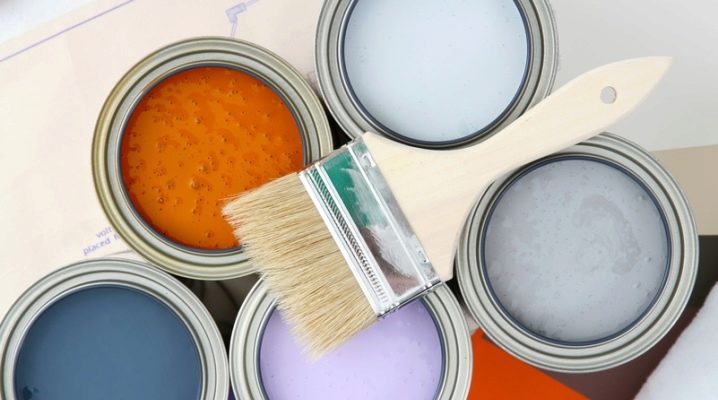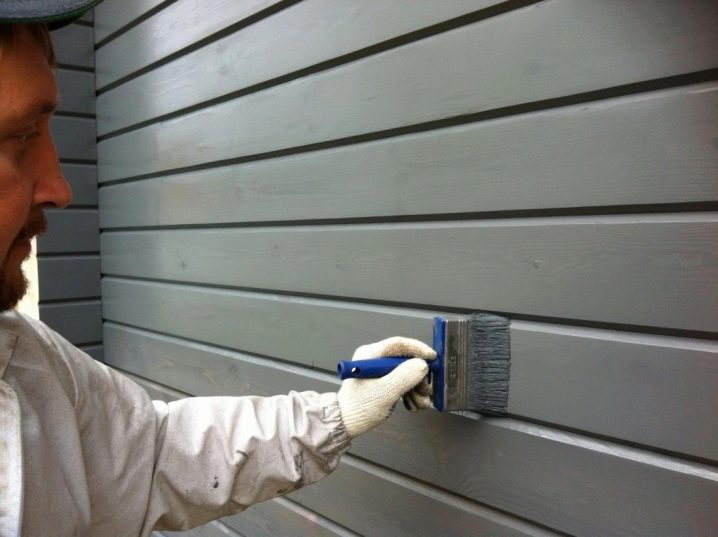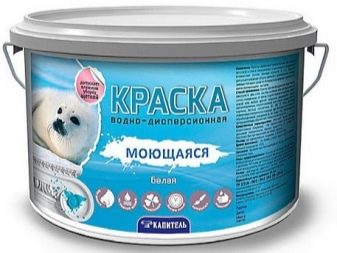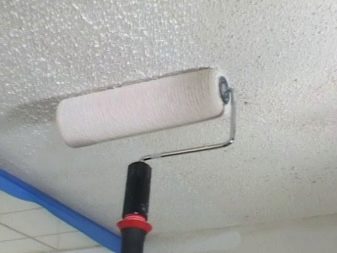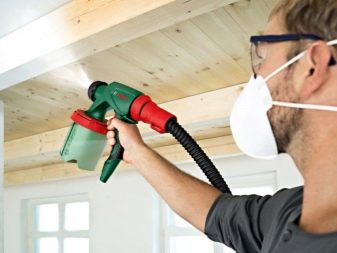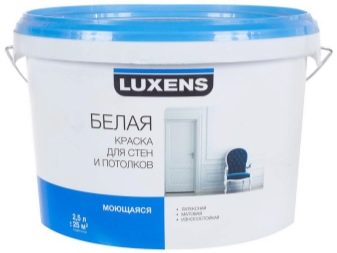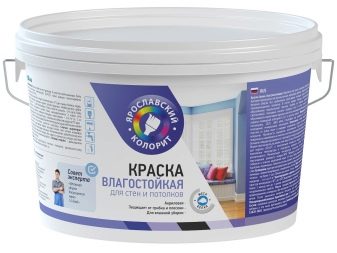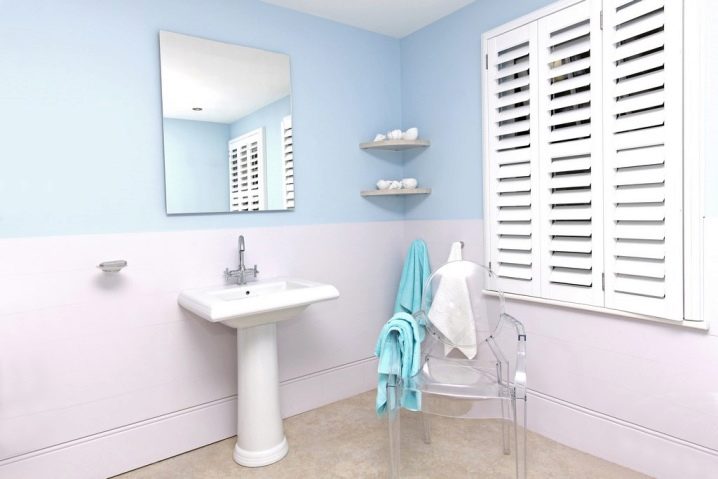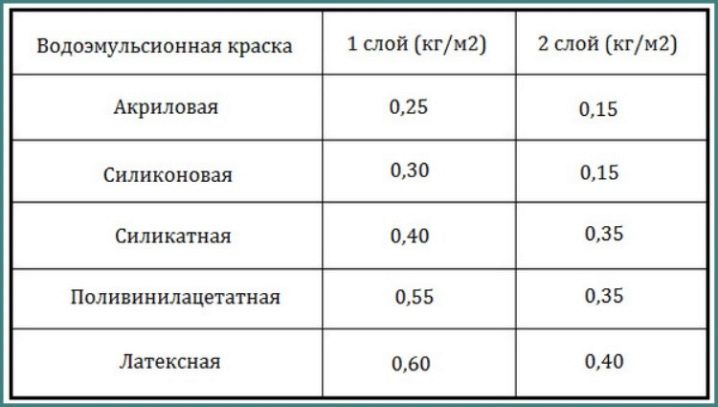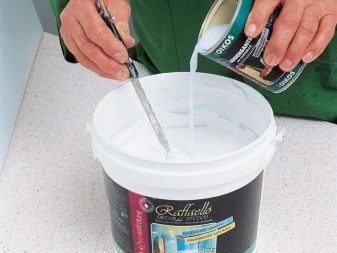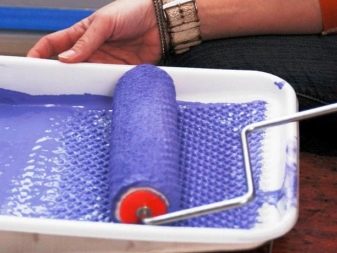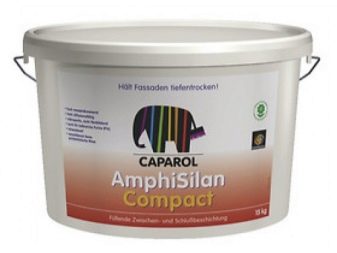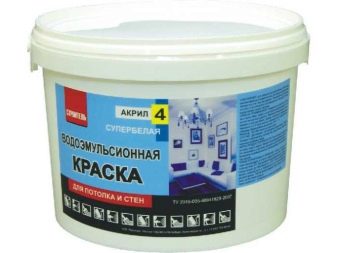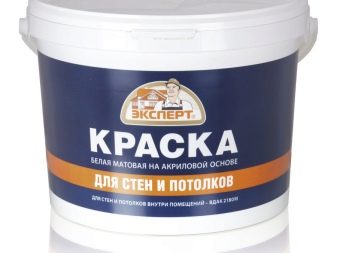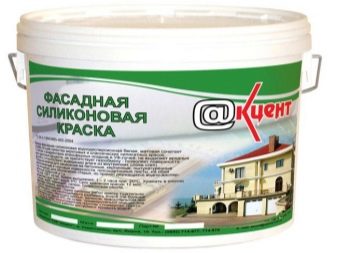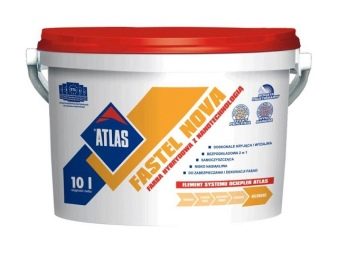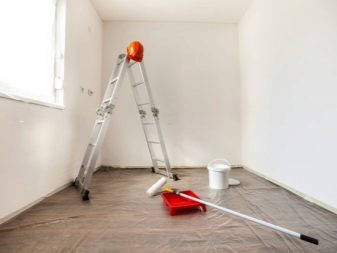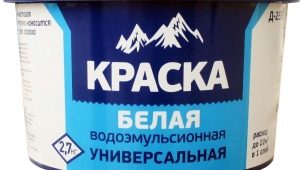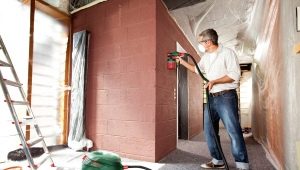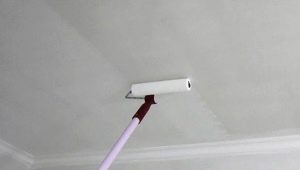Differences of water-dispersion paints from water-based
The building materials market is currently rich in a wide range of paints needed for repairs.
Choosing the coloring products, you can face some difficulties caused by not knowing the characteristic features, properties and differences of different types of paints.
In order to decide which dye to give preference to - water dispersion or water-based, it is recommended to take into account the technical characteristics of each type and find differences.
Distinctive properties
Before choosing a paint should consider a number of factors:
- composition;
- specific gravity;
- specification of expenditure;
- coverage life.
Dispersion
The composition of such a coating includes aqueous dispersions, as well as binding components of acrylic, latex or polyvinyl acetate. From these components directly depends on the scope of use, the strength of the dye and its opposition to moisture.
The most affordable option is a water-dispersion paint based on polyvinyl acetate, used for painting various ceilings. It cannot be used in the bathroom or in the kitchen, because this type of paint does not have high moisture-resistant properties. This coating has another major drawback - the tendency for the rapid appearance of stains and dirt.
The coating created by latex water-dispersion paint has the strength and resistance to the formation of contaminants.
Possessing the best protection properties and impeccable resistance to atmospheric conditions that can cause negative effects, acrylic water-dispersion paint can be used for painting both the inner and outer parts of the building.
It can be applied to walls and ceilings made of concrete and wood. This surface is not afraid of high humidity.
When using water-dispersion paints, it is necessary to take into account their unique properties, the main of which are:
- air temperature at their application should be more than + 5 ° С;
- full drying occurs after a couple of hours after coating;
- the ability to flawlessly fill the dye with small cracks and crevices;
- no need to prepare surfaces before using paint.
Water dispersion coating has many advantages. You can highlight the most important of them:
- reliability and long service life;
- air permeability;
- resistance to temperature extremes, moisture and other environmental influences;
- resistance to aggressive household chemicals - detergents and cleaning products;
- the absence of harmful substances in the composition;
- the possibility of combining with all types of surfaces (except metal, as the connection with it can lead to corrosion);
- no pungent odor;
- relatively quick drying of the surface - before applying a new layer after the previous one, it’s enough to wait just one hour.
Emulsion
Aqueous emulsion ink has a water composition with additional pigment and polymer particles present in it. In some cases, the presence of mineral, acrylic or silicone resins is possible.To change the structure of such a coating can solvents that are added in different proportions.
Consumption of water-based dye is approximately 210 ml of the substance per 1 sq. Km. m plot to be stained. But this is a conditional value, because the indicator tends to vary in accordance with the type of surface, method of breeding and other circumstances. The proportion of the coating assumes no more than 1.5 kg.
Among the main advantages, which has a water-based paint, emit:
- no pungent odor;
- the dye has special properties that allow the coating to dry quickly after application;
- the easy and simple way of a covering is provided at the expense of a unique consistence;
- the ability to change color using special pigments - colorings;
- the ability to mask dark areas on the wall with a single pass with a roller or a single jet of the spray gun;
- walls, which are covered with a water-emulsion in any way, are completely painted with the composition, without forming stains or traces from brushes, rollers and other devices designed for this purpose;
- a wide range of tools for painting surfaces with this type of paint;
- affordable price.
However, water-based paint has some minor drawbacks, which are recommended to pay attention to when choosing it:
- The base paint contains a large amount of water, so it is not recommended to paint metal or glossy surfaces.
- Unfortunately, there are many fakes, as the manufacture of water-based paint is not particularly difficult. The counterfeit dye may be smeared after drying and form noticeable layers. Therefore, it is better to buy coloring products of proven brands in specialized stores.
Mineral, acrylic, silicone and silicate water-based paints are known, differing from each other in their application and unique composition.
Mineral water-based coatings consisting of cement or slaked lime remain the most affordable and low-cost kind of paint. They can be applied on different surfaces, but this type of paint is not peculiar to durability.
The most popular and versatile option,in demand is acrylic water-based paint suitable for wood, plaster, brick and concrete surfaces, and metal and glass.
An expensive subtype of water-based paint is a silicone coating, the constituent elements of which are high-quality silicone resins. You can use this type of coating on any surfaces.
Silicate water-based coatings, which include liquid glass and coloring pigments, are preferred in rooms with a high level of humidity.
Differences
Despite the similarity of the names, the difference between water-based and water-dispersion coatings is obvious:
- Dispersion assumes the presence of the smallest particles. If such particles take the form of a liquid, then we are already talking about an emulsion.
- Water dispersion coating is more solid and has a high resistance to damage, which is not the case with water-based paint. The cost of water-based paints most often higher.
- Water dispersion paint is reliable and water resistant, water-based paint is easy to wash.
- Aqueous emulsion paint has a large range of various shades, the water dispersion coating is only one color - white.
- Water-dispersion materials must be diluted with water, emulsion need dilution with organic solvents.
Knowledge of the distinctive properties and advantages that both types of paints possess ensures the correct choice of a coloring coating.
An important rule that should be followed when making a choice and buying a cover - should be given preference only to proven manufacturers and specialty stores with a good reputation.
There are other paint tips that you can learn from the following video.
